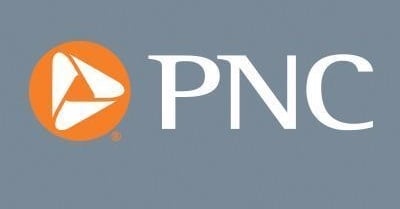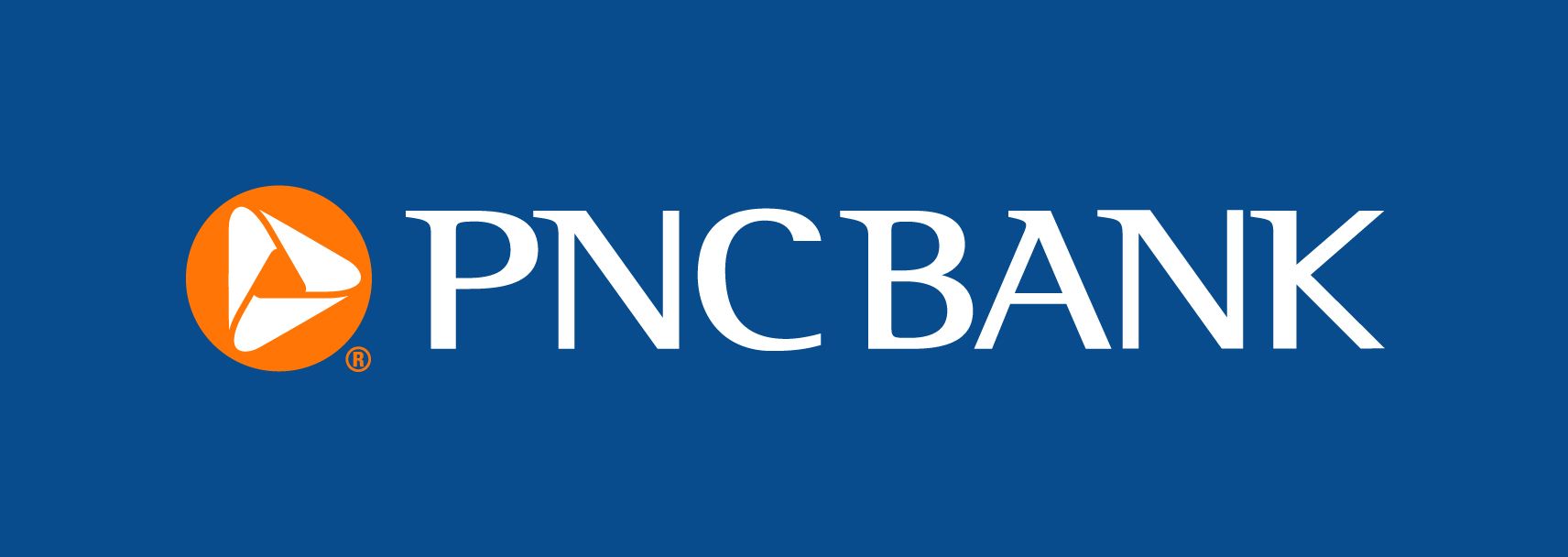
- Initial claims for unemployment insurance fell by 10,000 to 230,000 in the week ending August 19 for the second straight week. The four-week moving average of initial claims edged up by only 2,000 to 237,000.
- Continuing claims fell by 9,000 to 1.702 million in the week ending August 12 and the four week moving average rose by 6,000 to 1.697.
- The labor market is showing signs of cooling, but labor demand remains strong.
For a second straight week, initial claims for unemployment insurance (UI) declined by 10,000 to 230,000 in the week ending August 19, reversing most of the big increase in the first week of August. The four-week moving average of claims, which smooths out some of the weekly volatility, edged up by only 2,000 to 237,000. Weekly claims are up from exceptionally low levels throughout 2022 which sometimes dipped below 200,000 per week.
Continuing claims fell by 9,000 to 1,702 million in the week ending August 12 but the four-week moving average of continuing claims edged up by 6,000 to 1,697 million. This is the second lowest level since early February. This recent decline reflects the fact that laid-off workers are quickly finding new jobs. The insured unemployment rate edged back down to 1.1% in the week ending August 12.
Payroll job growth remains strong this year with the U.S. economy adding more than 235,000 jobs per month, on average, through July 2023, well above the long-run trend. The pace of job growth has slowed this summer with the last three months’ job gain averaging 217,000 per month. The unemployment rate was 3.5% in July, remaining close a more than 50-year low in April of 3.4 percent.
The August employment report will be released on September 1. We expect an increase of close to 50,000 but that is held down by 160,000 actors on strike from SAG-AFTRA that began on July 14, which will be reflected in the August jobs report. The unemployment rate will hold steady at 3.5% (striking workers are not counted as “unemployed”). Average hourly earnings likely rose by 0.4% in August and held steady at up 4.4% from a year ago.
The PNC Financial Services Group, Inc. is one of the largest diversified financial services institutions in the United States, organized around its customers and communities for strong relationships and local delivery of retail and business banking including a full range of lending products; specialized services for corporations and government entities, including corporate banking, real estate finance, and asset-based lending; wealth management and asset management. For information about PNC, visit www.pnc.com.









